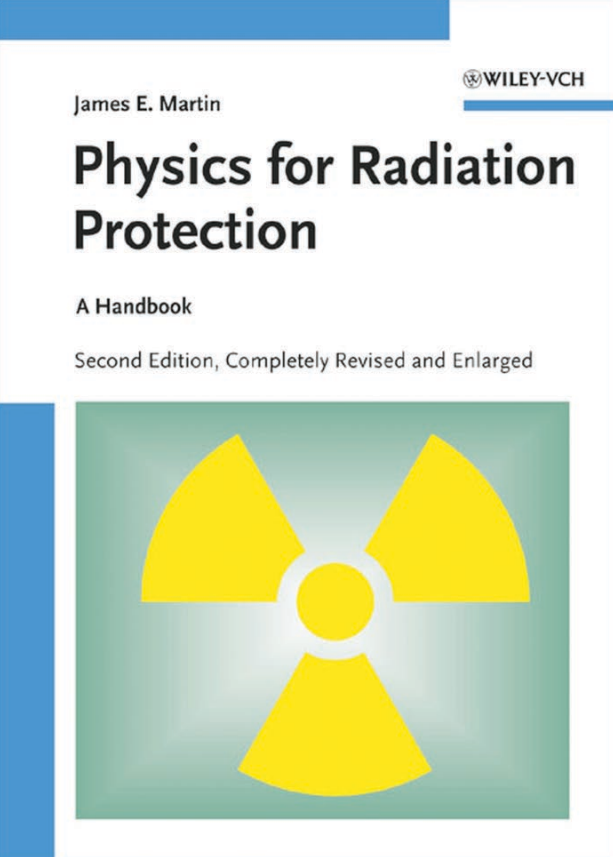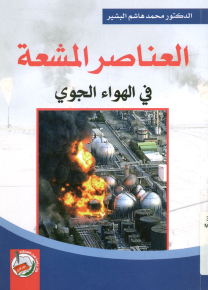In the study of the practical applications of nuclear energy we must take account of the properties of individual particles of matter-their “microscopic” features-as well as the character of matter in its ordinary form, a “macroscopic” (large-scale) view. Examples of the small-scale properties are masses of atoms and nuclear particles, their effective sizes for interaction with each other, and the number of particles in a certain volume. The combined behavior of large numbers of individual particles is expressed in terms of properties such as mass density, charge density, electrical conductivity, thermal conductivity, and elastic constants. We continually seek consistency between the microscopic and macroscopic views. Since all processes involve interactions of particles, it is necessary that we develop a background of understanding of the basic physical facts and principles that govern such interactions. In Part I we shall examine the concept of energy, describe the models of atomic and nuclear structure, discuss radioactivity and nuclear reactions in general, review the ways radiation reacts with matter, and concentrate on two important nuclear processes-fission and fusion




